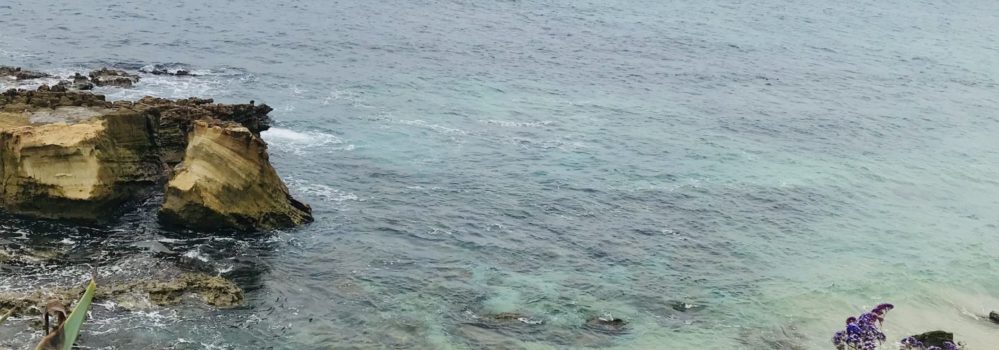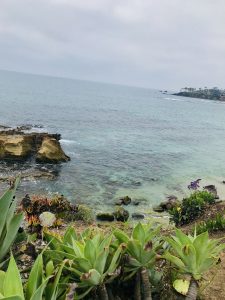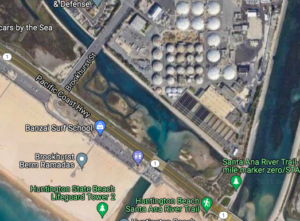
Oil Spill Threatens Southern California’s Fragile Wetlands
By Naomi Hill
California’s wetlands are at risk. Over the last century, the state has lost at least 90% of their wetland ecosystems.
Salt marshes in particular are being threatened by rising sea levels and increased urban development, so much so, that research suggests they could completely disappear from California by 2100.
The few marshes that remain in Southern California are highly sensitive due to these constant threats. This past weekend they received a heavy blow.


After a pipeline offshore of Huntington Beach began to leak, the coast of Orange County was cloaked in layers of crude oil, a particularly haunting site for me, as I was standing on that very beach a few months ago.
Since 2018, I’ve attended school in Southern California and had the pleasure of spending my free time on the many beaches Orange County has to offer. While Huntington and Newport beaches are the go-to for many tourists, I’m partial to the steep cliffs and picturesque nature of Laguna Beach.
All three of these beaches have been shut down now.
Currently, clean-up efforts are underway. As of Tuesday morning, a total of 4,788 gallons of oil had been removed from the ocean, which is only scraping the surface of the estimated 144,000 gallon spill.
Local experts are concerned about the long term impacts of this spill. Oil can remain in the marshes for years to come, disturbing the delicate balance of these ecosystems and restoration funding will also be hard to come by.
Talbert Marsh, a 25-acre ecological reserve located in Huntington Beach, provides habitat for almost 100 species of birds. This restored wetland is covered in a thin layer of petroleum which has spread into nearby marshes despite containment efforts.

This isn’t the first time California has experienced an oil spill, though. Over 50 years ago a devastating oil spill occurred in 1969 off the coast of Santa Barbara.
At the time, the Santa Barbara Oil Spill was the largest ever seen in the United States and remains the biggest spill in California’s history. A disaster of this scale resulted in public outcry.
The 1969 oil spill ultimately helped energize the environmental movement of the 1970’s. In the following years, the U.S. Environmental Protection Agency was created and key pieces of environmental legislation, like the Clean Water Act, were passed as well.
Efforts were also made on state and local levels to ensure greater environmental protections against unfettered industries. Since 1969, the California State Lands Commission has refused to grant new offshore drilling leases.
While the rest of the country looks to California as a leader on issues of environmental protection and policy, local communities and ecosystems are suffering the consequences of continued fossil fuel reliance.
With climate change being the biggest threat this generation faces, state and federal governments must do better. It is up to us to hold them accountable and push for a quicker transition to renewable energy.
The survival of California’s salt marshes, and ourselves, rely on it.
 Naomi Hill is a senior at Chapman University, studying political science and environmental studies. This semester she is participating in the Washington Semester Program through American University in Washington, DC and is a Northern Virginia native. She joined RAE this fall as our Communications Intern.
Naomi Hill is a senior at Chapman University, studying political science and environmental studies. This semester she is participating in the Washington Semester Program through American University in Washington, DC and is a Northern Virginia native. She joined RAE this fall as our Communications Intern.
